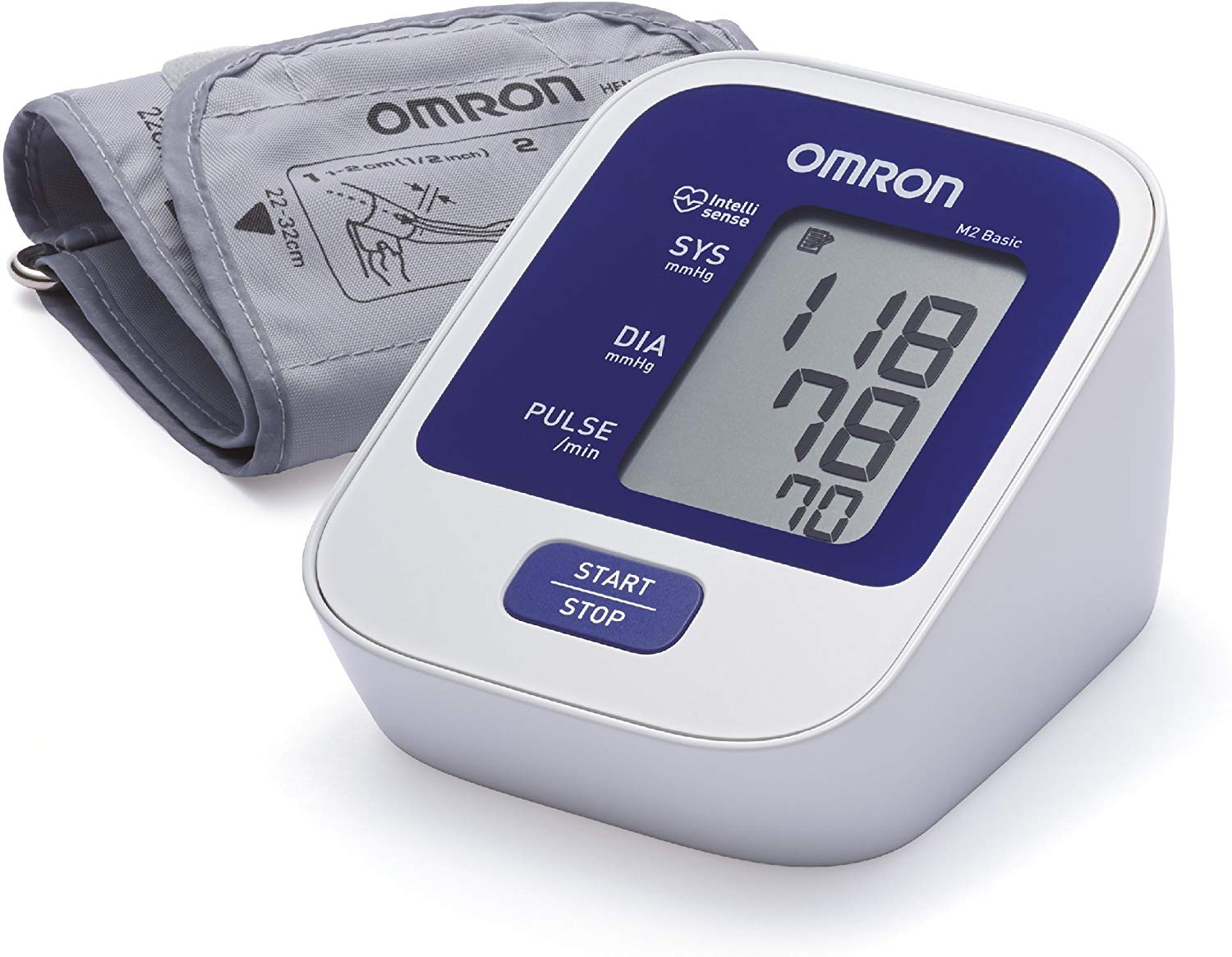Knowing your blood pressure could save your life, because while high blood pressure usually brings no noticeable symptoms, it could lead to a heart attack, stroke or various other serious conditions.
High blood pressure can be a condition on its own (essential hypertension) or a symptom of various other health issues. One of the best indicators that something’s not right is your blood pressure, but many apparently healthy people can go years without having theirs checked. The tyre pressure on their cars is far more likely to get a regular check than their own blood pressure!
 High blood pressure has the medical name of ‘hypertension’, but also carries a more sinister name – “the silent killer” – because it often presents no symptoms yet can trigger potentially fatal medical crises. If it goes undetected and untreated, it can increase your risk of having a heart attack or stroke. It can also damage the kidneys, brain and other organs and increase your risk of developing serious long-term health conditions including dementia and diabetes.
High blood pressure has the medical name of ‘hypertension’, but also carries a more sinister name – “the silent killer” – because it often presents no symptoms yet can trigger potentially fatal medical crises. If it goes undetected and untreated, it can increase your risk of having a heart attack or stroke. It can also damage the kidneys, brain and other organs and increase your risk of developing serious long-term health conditions including dementia and diabetes.
Once diagnosed, high blood pressure can be treated relatively easily, helping protect you from the outcomes listed above, but first it must be detected. Your GP surgery will be happy to check your blood pressure and many high street pharmacies also offer the service, but it’s even easier to keep a regular check on your own blood pressure at home.
For only around £20 you can buy a decent quality automated home blood pressure monitor. These devices are easy to use on your own and will quickly give you your all-important ‘systolic’ and ‘diastolic’ figures. Systolic is the pressure when your heart pumps blood out, while diastolic is the pressure when your heart is at rest, between beats. So, for example, if you get a blood pressure reading of “112 over 73”, that means your systolic reading (always the higher number) is 112 and your diastolic reading is 73, written as 112/73mmHG (millimetres of mercury)
If you got those figures it would be good news, as ideal blood pressure is considered to be anywhere between 90/60mmHg and 120/80mmHg. High blood pressure (hypertension) is considered to be 140/90 or higher, while the less common low blood pressure (hypotension) is considered as 90/60 or lower. If you got a reading outside the normal range you should first check it again, perhaps in the other arm, and if it persists, consult your doctor.
Investing only around £20 in a home blood pressure monitor and using it to test your ‘BP’ once a week could literally save your life. These easy-to-use and understand monitors are usually battery powered, although some can also be plugged in using an AC adaptor (sold separately). They consist of the monitor unit with an LCD reading, linked by a rubber tube to an inflatable cuff which is fastened (using Velcro) around your upper arm.
When you press the start button the unit inflates the cuff (which can cause brief and mild discomfort around your arm) then it is slowly deflated as the monitor measures your blood pressure. When the cuff is fully deflated the monitor displays your figures (usuall accompanied by an audible ‘beep’ to let you know the process is complete). It’s a good idea to keep a note of your readings so you can see if your blood pressure is changing over time. Just a few of the places where you can buy a home blood pressure monitor include:
- Nationwide high street chain Lloyds Pharmacy, which sells its own-brand monitor at £19.99. As with some others, this unit will also detect an irregular heartbeat, such as ‘atrial fibrillation’ – another potentially serious but treatable condition once detected
- Boots sells its own-brand basic unit for £19.99. As with most here, it comes with a storage/travel case, full instructions and a record diary
- Argos sells a wide range of home BP monitors, including the Omron M2 Basic unit which has a five-star rating from more than 2,400 customer reviews and sells for just £25.99. Many GPs use the Omron brand in their surgeries
- A wide range of monitors is available online at Amazon. Upper arm units are generally considered more accurate than wrist monitors. Prices start around £10 (plus p&p), but be sure to choose one with lots of positive customer reviews.
Most units come with a medium-size cuff as standard, but many retailers also sell other size cuffs. For example, the Lloyds own-brand monitor comes with a standard cuff for upper arms measuring 22 to 42cms in diameter, but you can also buy an interchangeable extra-large cuff (42-48cms) for £3.09. It’s important to get the right size cuff – measure your upper arm and check the product details before buying. You can take your blood pressure on either arm, but if you’re right handed it’s easier to do it on your left arm, and vice versa.
Also, remember, that if you want to plug your unit in rather than use batteries, you’ll need to choose one which can be used with an AC adapter (sold separately), such as the Omron M2 unit. This could be worthwhile long-term if you intend to use the monitor once a week, which is advisable to get the maximum benefit. If self-monitoring your blood pressure becomes part of your weekly routine, it could deliver significant health benefits and a single monitor can be used by the whole family.
